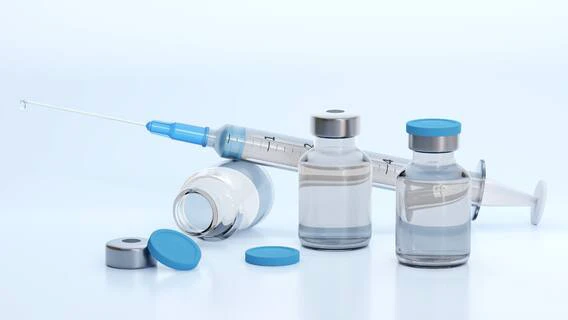(By Dr. Subhashree Samantaray)
Eliminating the spread of several infectious illnesses requires achieving strong population immunity. One successful and affordable strategy for boosting population immunity and combating vaccine preventable illnesses (VPDs) is adult immunisation.
While the world identifies only the childhood vaccines, adult immunisation necessitates equal attention in the community.
Risk For Women Of Reproductive Age:
According to the reports, adults account for almost 95% of VPD-related deaths in India. Certain VPDs, such as hepatitis B, human papillomavirus (HPV), and rubella, are prevalent in women of reproductive age. Pregnant women are at a significant risk of contracting a few of these infections. Additionally, due to immune system changes during pregnancy, there is a higher chance of contracting potentially fatal diseases such as pertussis, bacterial pneumonia, and influenza.
Role Of Vaccination In Reducing Morbidity And Mortality:
Considering, emergence and re-emergence of infections like measles, chickenpox, herpes zoster, drug-resistant tuberculosis and not to forget COVID-19 infection, vaccination has been essential to decrease the morbidity and mortality of these diseases. With the increase in lifestyle diseases like diabetes, hypertension, cancer, chronic liver and kidney diseases and increasing number of transplants, incidence of bacterial and viral infections has increased. With increase in travel both county and world-wide, the need of vaccinations and chemoprophylaxis against infections like yellow fever, typhoid, hepatitis A, tetanus, diphtheria and malaria has increased. These infections though severe, can be prevented by the simple step of vaccination.
Gender Inequality And Vaccine Hesitancy In Women:
When it comes to women, there are social, cultural and physiological factors like pregnancy, menstruation, financial barriers and lack of awareness, contributing to gender inequality and vaccine hesitancy. But the community should understand that the women being the primary caregivers of the families, their ill health can impact the childcare, household stability and even economic productivity. Therefore, referring to ‘women immunity’ as ‘family immunity’ won’t be incorrect.
Hence, promoting HPV, MMR (measles, mumps, rubella), and Tdap (tetanus, diphtheria, acellular pertussis) vaccinations in young women with co-morbidities, as well as influenza, pneumococcal and shingles vaccines, typhoid and hepatitis A vaccines during outbreaks or prior to travel, influenza, Tdap, and hepatitis B vaccinations during pregnancy, and routine cervical cancer screening for all women over 30 until age 65 can help close the immunity gap in women.
